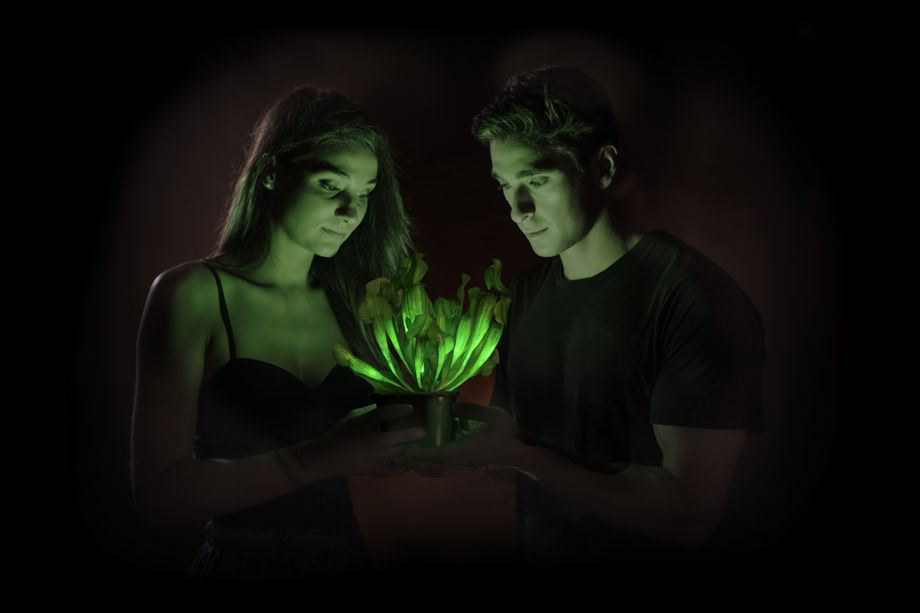PARIS — Glowing plants — as seen in the seemingly fantastical flora of the 2009 film “Avatar” — are no longer just a special effect. Molecular biologist Alexander Krichevsky of St. Louis-based biotech company Bioglow has developed the Starlight Avatar, a genetically modified tobacco plant that glows in the dark, as a first step toward a world in which one day our highways and homes might be illuminated not with electricity but with the luminescent glow of plant life.
“There are no naturally occurring glowing/bioluminescent plants in nature,” Krichevsky wrote in an email. “While there are a number of various glowing species — fireflies, glowworms, glowing fish, etc. — there are no glowing plants. Starlight Avatar is the first one.”
He explained that ostensibly “bioluminescent” plants have existed for about 20 years, mostly for research purposes. “These plants, however, needed to be sprayed with chemicals to achieve a temporary and very weak glowing effect, or be illuminated by UV lights,” he wrote, noting that the light emitted by such plants is often not visible to the human eye and must be observed with special cameras. “Starlight Avatar — the first autoluminescent plant — glows on its own (no chemicals or UV lights needed) and is visible to a human eye with minimal adaptation time. The light emission is integral and natural to the plant, same as it is for fireflies, and will continue through plant’s life cycle and from generation to generation.”
The Starlight Avatar was developed from an ornamental species of tobacco plant that, when modified using genetic material from glowing marine bacteria, autonomously produces a dim ambient glow that Krichevsky said is reminiscent of starlight (although its bluish-green hue is not the most flattering to the human complexion). Bioglow’s website says while the plant took years of research, the company plans to continue working to increase light output and hopes to develop warmer yellow and red-toned light that would ostensibly be more suitable for home use, as well as perhaps one day creating flowers whose petals would glow in different colors than the plant’s leaves, or plants that could light up to signal changes in pollution levels or other environmental stressors.



